Grout first and then caulk or vice versa?
oldbat2be
11 years ago
Featured Answer
Sort by:Oldest
Comments (16)
francoise47
11 years agoRelated Professionals
El Sobrante Kitchen & Bathroom Designers · Charlottesville Kitchen & Bathroom Remodelers · Crestline Kitchen & Bathroom Remodelers · Lomita Kitchen & Bathroom Remodelers · Pearl City Kitchen & Bathroom Remodelers · Vancouver Kitchen & Bathroom Remodelers · West Palm Beach Kitchen & Bathroom Remodelers · Eufaula Kitchen & Bathroom Remodelers · Langley Park Cabinets & Cabinetry · Forest Hills Cabinets & Cabinetry · Kentwood Cabinets & Cabinetry · Richardson Cabinets & Cabinetry · Edwards Tile and Stone Contractors · Pendleton Tile and Stone Contractors · Chaparral Tile and Stone Contractorsoldbat2be
11 years agoangie_diy
11 years agoOlandy
11 years agooldbat2be
11 years agolazy_gardens
11 years agopetra66_gw
11 years agobrickeyee
11 years agoangie_diy
11 years agooldbat2be
11 years agobrandonecoll
6 years agolast modified: 6 years agoRoxanne
4 months agomillworkman
4 months agoJ Mig
4 months agochloe00s
4 months ago
Related Stories

HOUSEKEEPINGHow to Clean Hardwood Floors
Gleaming wood floors are a thing of beauty. Find out how to keep them that way
Full Story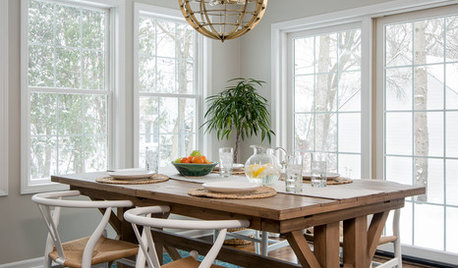
HOUSEKEEPINGHouzz Call: Tell Us Your Family Cleaning Secret
Please share your family’s tricks for polishing floors, cleaning grout and keeping windows sparkling
Full Story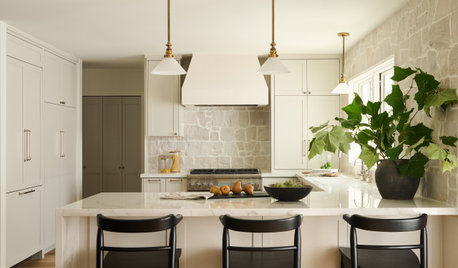
KITCHEN WORKBOOKHow to Remodel Your Kitchen
Follow these start-to-finish steps to achieve a successful kitchen remodel
Full Story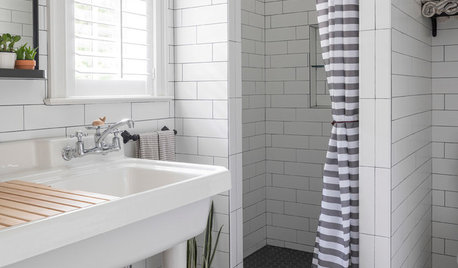
BATHROOM DESIGNHow to Refresh Your Bathroom on Any Budget
Get an idea of what you can update, whether your budget is $100 or $10,000
Full Story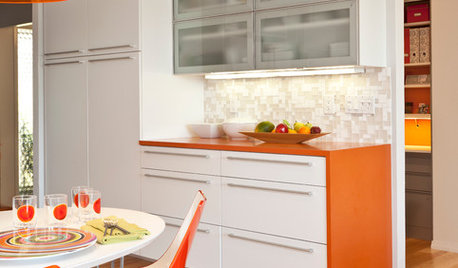
KITCHEN DESIGNCountertop and Backsplash: Making the Perfect Match
Zero in on a kitchen combo you'll love with these strategies and great countertop-backsplash mixes for inspiration
Full Story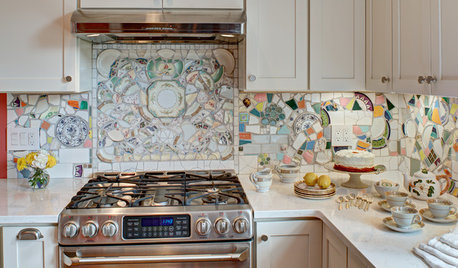
MOST POPULARKitchen of the Week: Broken China Makes a Splash in This Kitchen
When life handed this homeowner a smashed plate, her designer delivered a one-of-a-kind wall covering to fit the cheerful new room
Full Story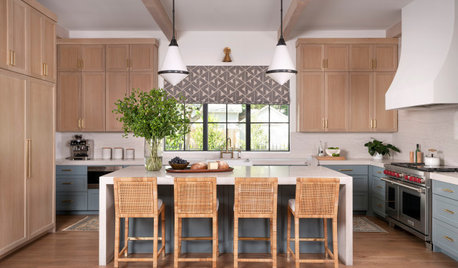
KITCHEN CABINETSPainted vs. Stained Kitchen Cabinets
Wondering whether to go for natural wood or a painted finish for your cabinets? These pros and cons can help
Full Story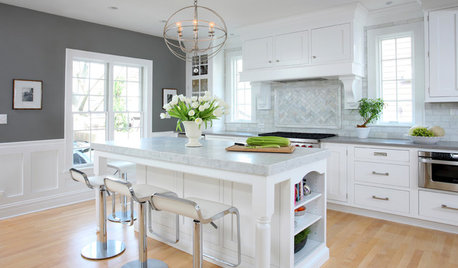
KITCHEN DESIGNHow to Add a Kitchen Backsplash
Great project: Install glass, tile or another decorative material for a gorgeous and protective backsplash
Full Story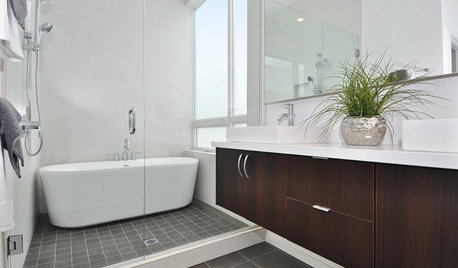
BATHROOM DESIGNWhy You Might Want to Put Your Tub in the Shower
Save space, cleanup time and maybe even a little money with a shower-bathtub combo. These examples show how to do it right
Full Story
DECORATING GUIDESThe Dumbest Decorating Decisions I’ve Ever Made
Caution: Do not try these at home
Full Story









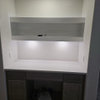

User